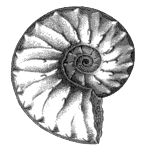
West Sussex Geological Society

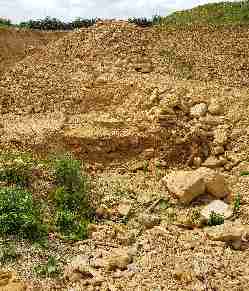
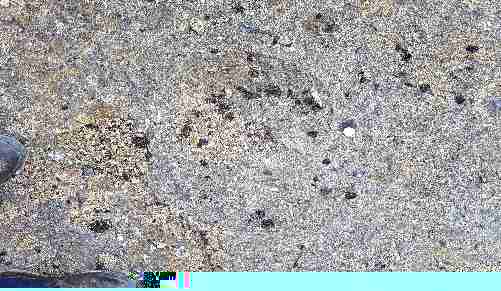
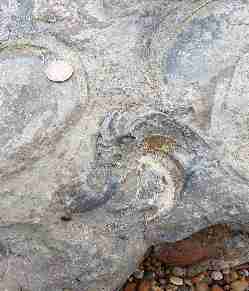
WSGS PROGRAMME. January 2024
WSGS meetings are held on the third Friday of each month at 7.30pm at St Stephens Church, Angola Road, Worthing BN14 8DU.
It should be noted that there are no meetings, during the holiday period, in July and August.
Although every effort is made to notify of any changes, members are advised to confirm lectures at least a few days in advance.
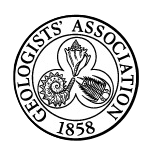 We are a Local Group of the Geologists' Association; therefore we can attend any of their lectures or field trips at a minimal cost.
We are a Local Group of the Geologists' Association; therefore we can attend any of their lectures or field trips at a minimal cost.
Details of their field trips are in the Geologists' Association Magazine available at our meetings located on the table at the back of the hall.
If you cannot find it, then please ask a committee member.
The Geologists' Association holds a combined Ancillary Policy with Zurich Insurance Company through which our Society members are insured. On any field trip you are required to wear helmets and high visibility jackets in quarries. This is always advised. Goggles must be worn when hammering and suitable footwear be worn at all times.